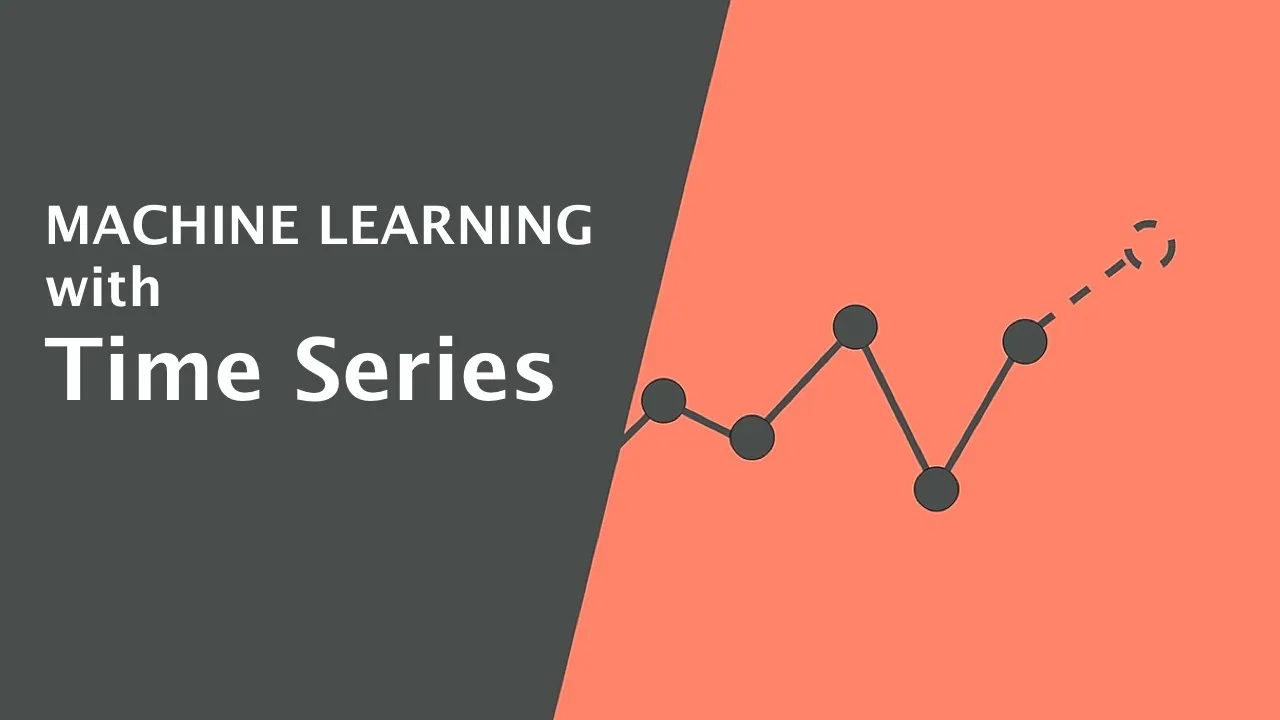Time series are ubiquitous in real-world applications, but often add considerable complications to data science workflows. What’s more, most available machine learning toolboxes (e.g. scikit-learn) are limited to the tabular setting, and cannot easily be applied to time series data.
In this tutorial, you’ll learn how to apply common machine learning techniques to time series and how to extend available toolkits. This is a beginner-friendly tutorial: we assume familiarity with scikit-learn, but no prior experience with time series.
To start, you’ll learn how to distinguish between different kinds of temporal data and associated learning tasks, such as forecasting and time series classification. You’ll then learn how to solve these tasks with machine learning techniques specific to time series data, including:
State-of-the-art algorithms for time series classification and regression, Reduction strategies, i.e. solving a complex learning tasks by decomposing it into simpler tasks, e.g. solving forecasting via regression, Composite strategies like ensembling and pipelining, as well as data transformations like detrending and feature extraction.
#machine learning
